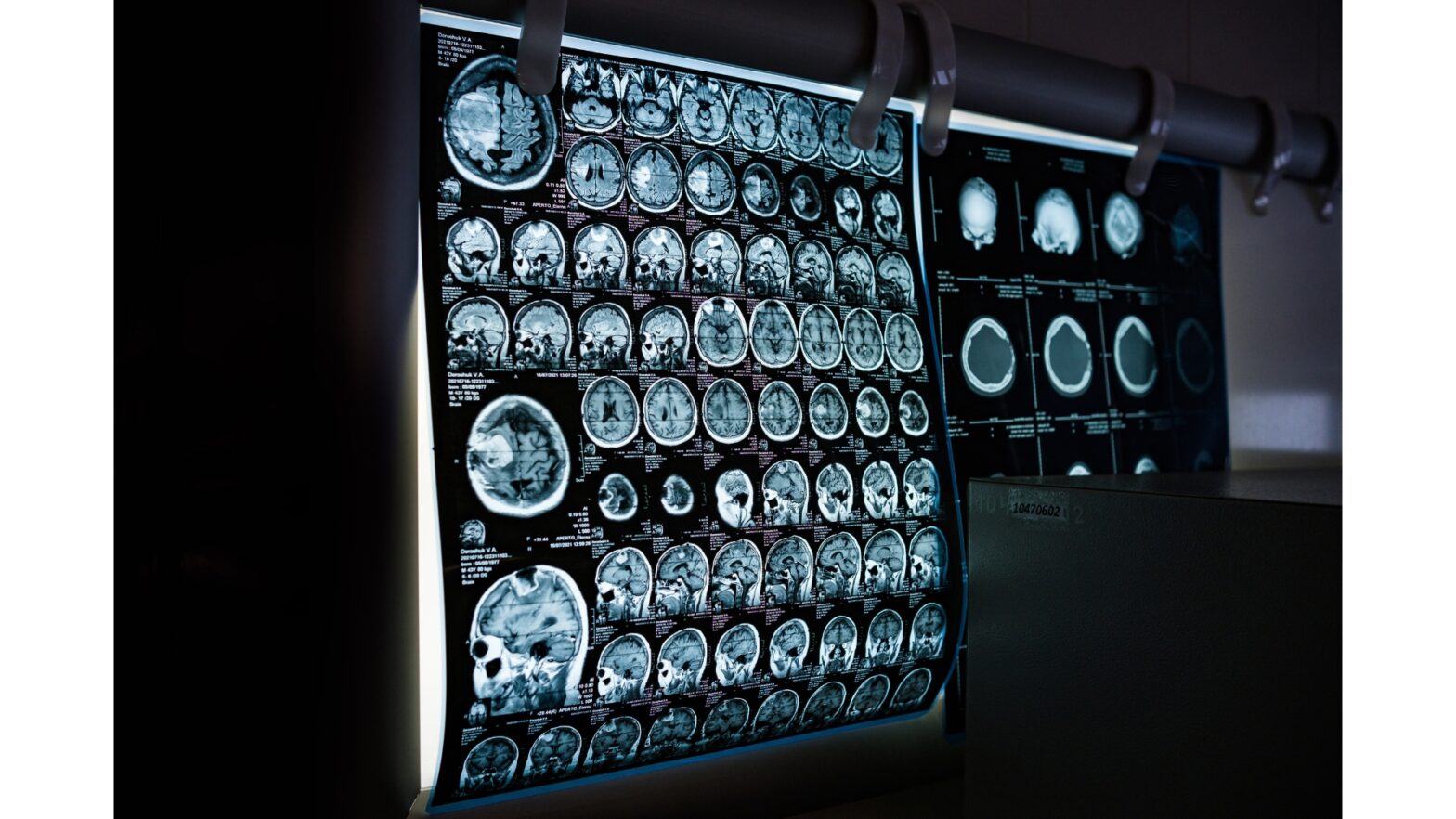In a breakthrough, researchers from Japan harnessed the power of language to uncover a transformative diagnostic approach for Alzheimer’s Disease. This pioneering study not only brings a fresh perspective to the field but also offers hope for earlier and more accurate detection of the disease.
Alzheimer’s disease (AD) is the leading cause of senile dementia, responsible for nearly half of all confirmed cases. As the development of disease-modifying therapies progresses, accurate diagnosis and follow-up evaluations have become crucial.
However, biomarker-based examinations, while promising, face challenges due to specialized facilities, time, cost, and invasiveness. In a departure from previous studies focusing on Euro-American languages, a multi-institutional team of Japanese researchers applied natural language processing and machine learning techniques to explore disease-related language patterns in Japanese patients with AD.
The study’s corresponding author, Taishiro Kishimoto, affiliated with Keio University School of Medicine in Tokyo and the Donald and Barbara Zucker School of Medicine in New York, explained that 42 AD patients and 52 healthy controls participated in a picture description task, generating 276 speech samples for analysis.
Leveraging part-of-speech and dependency features, the team’s machine learning model achieved an impressive 84% accuracy in predicting AD, with an area under the curve (AUC) of 0.90.
Among the key features contributing to accurate predictions, seven of the top 10 were related to part-of-speech, such as the combination of a noun followed by an adposition. The remaining three features were associated with dependency, including the occurrence of a determiner followed by a coordinating conjunction.
“A box plot analysis further revealed that AD patients displayed lower appearance rates of content words–related features and higher rates of stagnation-related features,” Kishimoto noted.
For the study, the researchers utilised a natural language processing library, spaCy, along with an add-on library called GiNZA, designed specifically for Japanese language parsing. The classification algorithm used was eXtreme Gradient Boosting.
The findings, published in Psychiatry and Clinical Neurosciences, hold promise for facilitating earlier and more accurate diagnoses, potentially leading to improved management and treatment outcomes.
In a field where innovative approaches are needed, this study opens doors for further exploration of language analysis as a valuable tool in AD diagnosis. With continued advancements, the integration of language assessment into routine clinical practice may improve the accuracy and timeliness of AD diagnoses, leading to more effective interventions and personalized care for those impacted by this challenging disease.


